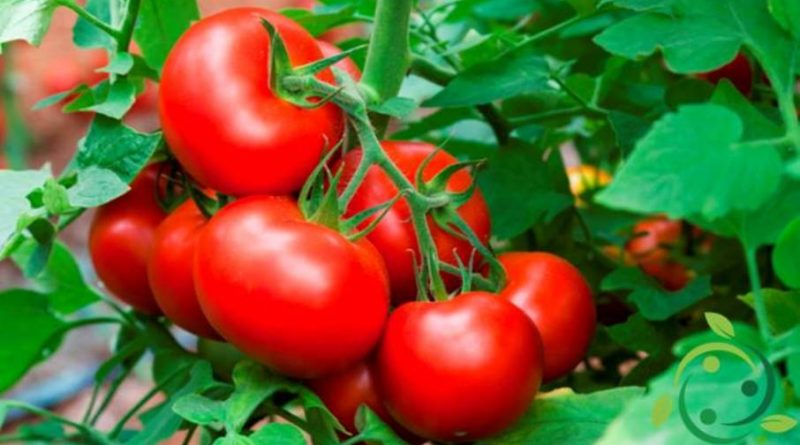How to grow tomatoes organically
How to grow tomatoes organically
For the cultivation of tomatoes (Solanum lycopersicum, L. 1753) in an organic way we must start from its pedoclimatic needs. It is a plant sensitive to frost, wants a warm climate and it is always better to grow it outdoors to avoid forcing that force the plant to complex phytosanitary conditions. Tomato germinates when the minimum temperature exceeds 12 ° C and needs 20 ° C to flower. For the phase that goes from setting to maturing, the advisable temperatures should not exceed 30 ° C during the day and fall below 15 ° C at night. Then avoid humid environments due to various phytosanitary problems.
For sowing, this can be done between February and March using a seedbed in a heated environment or in April with an outdoor seedbed. The transplant in the open field takes place instead from the month of April, with stable temperatures and especially in the months of May and June, for the domestic vegetable gardens. For the soils it is preferable to those with excellent drainage, with pH between 5.5 and 8.0, working at 30-40 cm to help the roots develop well.
If you want to produce excellent tomatoes (both in terms of size and organoleptic quality), the best fertilizer is the mature manure of organically reared animals (the best is bovine while the most problematic is the pollen for its high salt content that can burn the plant); also the humus of earthworm from good productions. The best time to make this organic substance is the winter one spread out after the digging, covered and left to rest. After about twenty days before the transplant, the letamed soil must be further processed.
For distances between plants it is good to distance them at least 40 cm from each other. For irrigation (it is better to use the hose) you have to do it frequently, not in the hot hours, this precaution should avoid the famous apical rot. For a good cultivation it is good to also make a natural mulch that will avoid the development of weeds, often carriers of animal plant parasites. It will also decrease the amount of water necessary for the crop.
The tomatoes then need adequate support, the classic solution being that with pipes that in some areas may already be present in the company. The typical scaffolding is that which provides near to each tomato plant a barrel vertically. At each stage of flowers, instead, a barrel should be placed horizontally.
In order to grow the tomato plant in a balanced way it is then necessary a very delicate cultivation operation, that is the scrapping or sfemminellatura. This operation consists in the removal, manual or with tools, of the axillary shoots of the plant, called “cacchi”, hence the term “scacchiatura”. This operation makes the growth of the plant more harmonious and avoids excessive vegetation to the detriment of the fruit. For the scaffolding of the tomato you can stop at 5 or 6 stages and then top to avoid excessive growth in height of the plant. For all operations remember to always clean scissors and knives.
For the harvest (and to have the best organoleptic characteristics) we suggest you to harvest them as soon as they are ripe for salads and ripe (but not excessively) for those from sauce.
Let’s now look at the plant diseases and their treatments. As for insects, the main enemies are the aphids, the white fly, the tomato suit and the bugs. Aphids can be kept away using natural macerates, including nettle and garlic infusion. For the white fly, macerates alone may not be enough; in this case it is necessary to intervene at the right time using pure Marseille soap. The spraying of these products must always be done in the cool hours of the day. It is more complex and difficult for bedbugs and the tutu absoluta of the tomato. The advice we give you is to consociate the tomato with other plants, such as basil, carrot, cabbage, onion, string bean, lettuce, mint, pepper, pea, leeks, parsley, turnips, radishes, celery and spinach. These consociations remove the only food to these two insects to concentrate on and, in some cases, disturb them.
As far as peronospora and oidium are concerned, the sulfur solution can give good results (attention to excessive use and in the hot hours); for virosis, if these have already manifested, the thing is difficult to solve; in a preventive way, as these virosis are caused by a tripide (Frankiniella occidentalis) the mulching technique, the use of macerates, a rotation, in which the tomato does not return in the same plot for some years, are excellent prevention activities.

